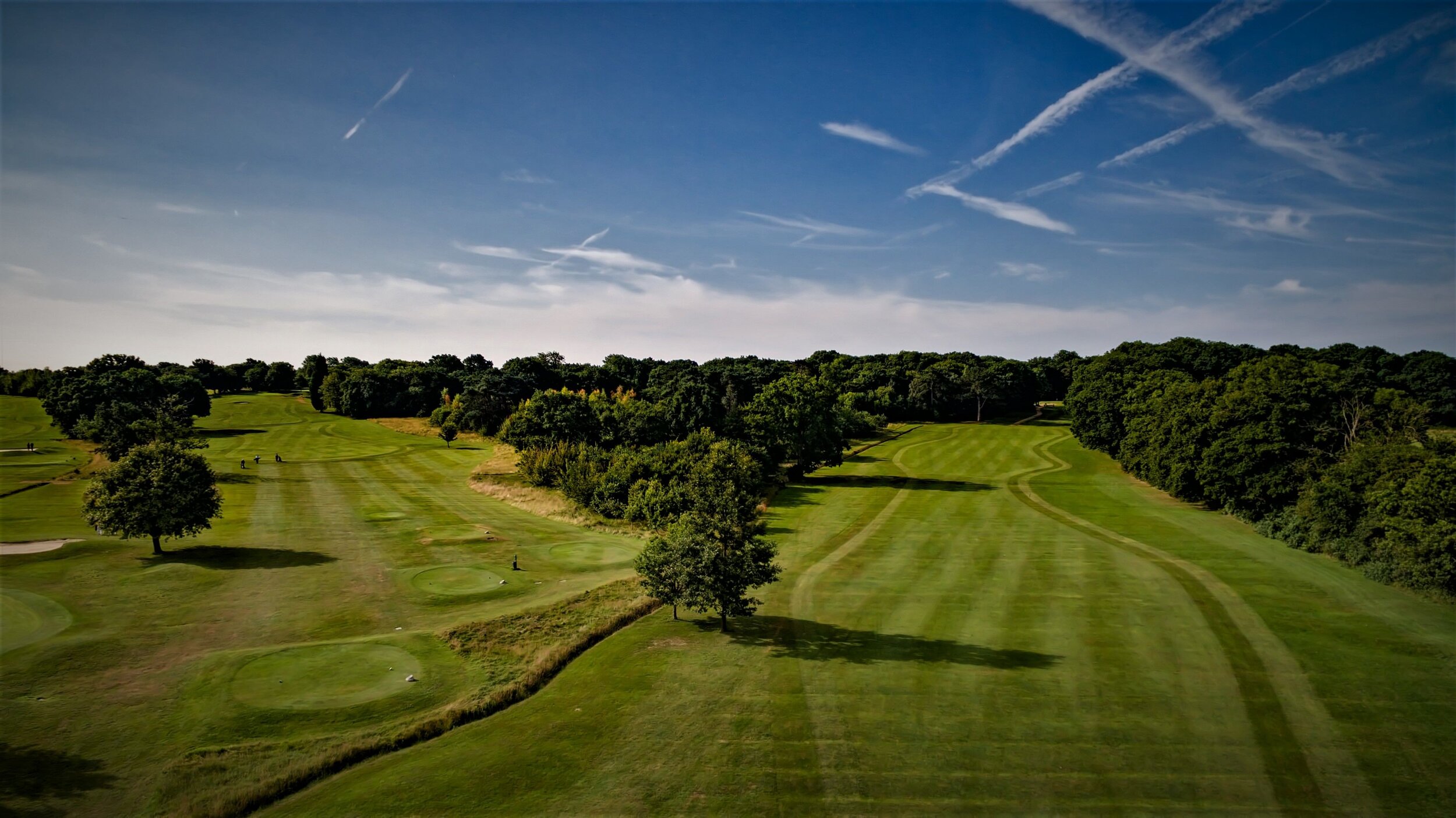
Horsham District Council see West of Ifield as an easy win to meet their housing targets. We disagree.
Housing
Wrong Place
Horsham DC’s stated policy of ‘urban add-ons’ was a politically convenient way to put development in the north of the district and protect the south. But it’s poor planning - the Lib Dems acknowledge it simply means additional pressure on existing infrastructure and a failure to deliver new. And claims about future Gatwick jobs in the north are discredited - aviation-related jobs are falling due to automation, and expansion does not necessarily produce additional jobs.
Wrong Types
We do need more housing in Horsham and Crawley, but not the types or numbers being planned. The UK has a crisis of housing affordability, not of overall housing numbers. Same for us – not enough social housing. And investors and developers free to inflate property prices (bubbles) in London, forcing people out, and pushing prices out of reach for younger people wanting to buy.
Wrong targets
The government’s housing targets deliberately force excess development on areas where house prices are highest. More building in these areas means more developer profit. And no levelling-up. Councils in Horsham, Crawley, Mid Sussex and everywhere should be arguing much more strongly against this. Genuine need should be estimated based on housing registers, birth and death rates, and employment.
Transport
More Houses = More Traffic
10,000 houses will generate much more traffic, causing more congestion and more pollution across the whole ‘Crawsham’ urban sprawl area, making existing problems much worse. It is highly unlikely that ‘active travel’ will get people out of their cars in sufficient numbers to prevent this.
Not Enough Parking
Homes England’s initial designs show limited parking provision so where will people park their cars? And where will the new 10,000+ residents park their cars when they go to work at Gatwick or on Manor Royal? Or when they visit Crawley and Horsham town centres, or K2?
Inadequate Public Transport
Ifield and Faygate stations are too small to cope with additional passengers and have no parking or pick-up/drop-off space. Bus services are inadequate to attract people away from driving, they get stuck in the traffic and do not offer a round the clock service.
Heritage
Church of St Margaret and Ifield Village Conservation Area
The landscape to the west of the 13th century church and the conservation area reflects the rural scattered community of the past. Agricultural land with farm buildings, meadows and woodland formed the ancient parish. This historical setting to the east of the conservation area has been lost; now is a last chance to preserve it to the west.
Historic Landscape
The landscape is a patch work of small fields with native trees evident in stretches of woodland, and in hedgerows and shaws between the fields. Small streams run through it. The intimacy of this landscape will be lost to houses, roads and more traffic. Views of gentle rises across the flat land will be blocked by houses.
Network of Rural Footpaths
The area threatened with development has a network of historic footpaths between farmsteads and settlements which provide evidence of traditional routes for farm workers, trade, routes to the church etc. The footpaths will remain but will be channelled through housing estates and across roads. Their charm will be lost.
Ifield Golf Course
Misleading Reports
HDC and Homes England are likely to produce reports claiming that IGC is surplus to requirements – that demand is ‘low’ and supply of alternative facilities high. But the analysis is likely to take account only of potential players and facilities within the Horsham District boundary, completely ignoring the fact that at least 70% of IGC’s members live outside Horsham District. The analysis must use meaningful and realistic catchment area analysis.
Golf Benefits
A 2016 scientific review concluded that playing golf improves life expectancy, helps prevent over 40 major chronic diseases such as type 2 diabetes, heart attacks and strokes, and improves mental health. The review also found that golf benefits people of all ages, backgrounds and abilities. It is not just those at the elite level who enjoy improved health and well-being. Surely all these benefits are vital for an ageing population?
Valuable Greenspace and Community Space
IGC is not only beneficial for golfers but is also heavily used by walkers. The beautifully landscaped course has provided valuable greenspace for 100 years. The course is also identified as part of the Rusper Ridge Biodiversity Opportunity Area, and borders Hyde Hill Woods – ancient woodland designated as Local Wildlife Space. The club-house is heavily used by the community for wedding parties, educational classes, quizzes and other social events.
Wildlife and Habitat
Irreplaceable Ancient Woodland
A huge proportion of the 10,000 house site is woodland, shaws and hedgerows designated as Priority Habitat by Natural England. Much of it is ancient woodland, including House Copse which as a Site of Special Scientific Interest is highly protected. It’s impossible to see how a bypass through the middle, plus massive urban sprawl, won’t destroy it all.
Wildlife Corridors
HDC focus on the biodiversity of the Knepp Estate – understandably – but neglect the importance of the rich Low Weald habitat in the upper Mole Valley and areas between Horsham and Crawley, which are home to a large number of Sussex Rare species. Over 75% of the 3,250 and 10,000 sites are identified as important for Sussex’s Nature Recovery Network. HDC should acknowledge that the proposed bypass and houses will destroy this wildlife connectivity.
Biodiversity Net Gain
How can the loss of irreplaceable ancient woodland possibly be ‘offset’? The policy of ‘Biodiversity Net Gain’ is discredited – the roll-out shows that the measurement is tick-box and requirements for future monitoring inadequate. Plus the ‘gain’ can be implemented off-site, possibly in Wales or Scotland (where land is cheaper). HDC and Homes England must not be allowed to argue that BNG will ‘mitigate’ the destruction.
Landscape
Crawley’s Access to Countryside
Gatwick Airport to the north, M23 to the east, A264 to the south have nearly encircled Crawley. Ifield is the only part of Crawley with easy and direct access to countryside, and this access has been fiercely defended. HDC has been careful to preserve this type of access for Horsham town residents by protecting Chesworth Farm from development. But the current plans deprive Crawley residents of this, for no good reason.
Crawsham
The full 10,000 site covers 1,400 acres within a boundary from behind St Margarets Church in Ifield, west along Rusper Road to Lambs Green, south to Faygate and back along the railway line to Kilnwood Vale and Ifield West. With the North Horsham (Mowbray) development and possibly more in the pipeline west of Faygate, we’re heading for a huge sprawling urban mass, ie Crawsham. This is called ‘settlement coalescence’, and it’s not good planning!
Rural Character Lost Forever
The rural character of the area, with scattered farms and hamlets in a setting of woodland, hedgerows, shaws and fields will be lost forever. The HDC previous Landscape Character Assessments have identified much of the 10,000 site as having no or low capacity for development due to its ‘unspoiled rural character’ and the implications for the neighbouring High Weald Area of Outstanding Natural Beauty to the south of the A264.
Health and Well Being
GP's and Hospital services
Pressure on A&E services at East Surrey hospital at Redhill means that an unacceptable level of service is being offered to residents and patients. Bed capacity has been at maximum patients on several occasions in the last year. Treatment waiting times are already unacceptable. Waiting times to see or speak to a GP in the Crawley area are unacceptable and place patients at risk. Many surgeries are not accepting new patients.
Homes England are saying that they will provide a health centre as a result of the proposed development but where do they think that the NHS will get the GP's and nurses from who are needed to operate any new facilities when they are already struggling to run existing services in the area to a satisfactory standard? Current waiting times for an ambulance throughout Sussex as provided by the South East Coast Ambulance Service (SECAMB) do not meet the recommended response times and are placing patients lives at risk.
NHS Dentistry and Pharmacies
There is a national crises in NHS dentistry as nine in 10 NHS dental practices across the UK are not accepting new adult patients for treatment under the health service.
All pharmacies are currently under severe pressure and 1 in 20 chemists have closed since 2015. Queuing / waiting times at local pharmacies are unacceptable. Homes England are not committing to provide additional dental or pharmacy services as a result of the proposed development which means additional pressure on existing services.
Mental and Physical well being
The new scientist organisation reported on on-going research demonstrating the health benefits of having accessible open and green spaces. access to local countryside and footpaths for exercise and general fitness is key and critical to mental and physical well being.

